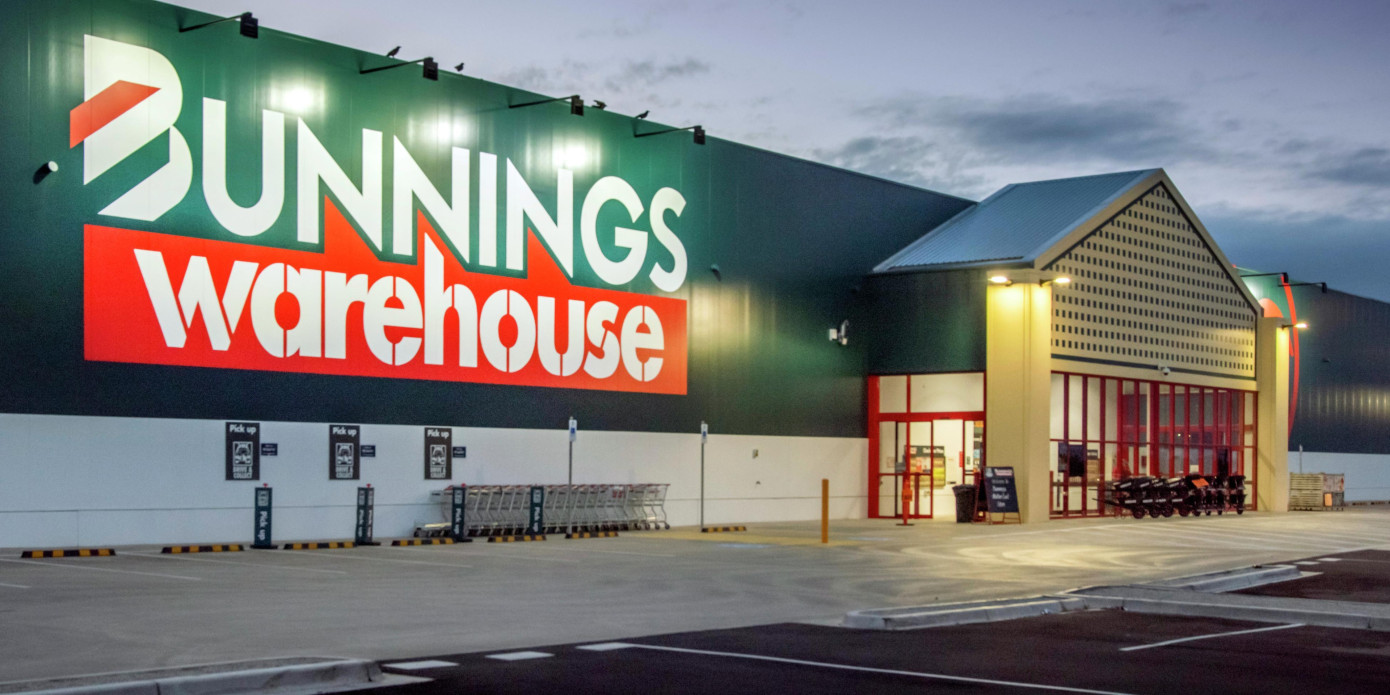Bunnings’ decision to halt sales of timber originating from Russia has been welcomed by the national peak body for forest industries, the Australian Forest Products Association (AFPA). At the end of March, Bunnings Group, the Australian chain of DIY stores, ordered suppliers to stop buying “conflict timber” from Russia.
“Even while Australia is experiencing major timber supply constraints, we must not be seen in any way to validate Russia’s deplorable invasion of Ukraine by accepting this ‘conflict timber’ into our country,” Chief Executive Officer of AFPA, Ross Hampton said.
“Bunnings has done the right thing. We all understand that gaining timber supplies in the current building and renovation boom is very difficult. However, these issues pale completely when compared to the devastation which is being experienced by the Ukrainian people,” Ross Hampton said. “Right now Russian missiles are raining down on innocent civilians in Ukraine and millions are homeless. We must keep a global perspective.“
“AFPA also supports the Australian Government’s sanctions against Russia and its decision to deliver weapons to Ukraine to help them defend themselves. If retaliatory actions from Russia make life a little more difficult in Australia in terms of the commodities which come from that part of the world, this is regrettable but unavoidable. It is right too that the Federal Parliament has invited Ukrainian President Volodymyr Zelinsky to make an address today to a rare joint sitting of our parliamentarians.
“Ultimately, the answer to Australia’s exposure to international developments such as this conflict in Europe, which is disrupting international supply chains for many commodities and products, is to urgently seek far greater sovereign capability in forest products. To secure future local timber supply and avoid shortages, we desperately need one billion new production trees planted by 2030. That planting needs to start immediately.
“For years AFPA has been calling for a return to the COAG level approach which saw the Commonwealth and State Governments work together to ensure our timber supplies kept pace with ever growing demand,” Ross Hampton concluded.
The Australian construction industry fears more risk to its lumber supply chain if the government imposes sanctions on Russian imports. According to the Australian Financial Review, while Russia only accounts for a small proportion of Australia’s lumber imports – industry figures put the total last year at $80 million or just under 3% of the total – it accounts for more than one-fifth of the country’s imports of laminated veneer lumber (LVL), composite material used for structural components such as lintels, I-Joists used in floors, and the formply used for the moulds that concrete is poured into for large commercial projects.
In February, the Australian Timber Importers Federation industry group wrote to trade minister Dan Tehan warning of a 10-20% loss of jobs across the supply chain if Russian lumber imports were blocked.
The Australian Timber Importers Federation estimates that there will be substantial detrimental consequences, notably on the supply of engineered wood products (EWPs) to building and construction projects if trade sanctions are imposed. According to ATIF, the restrictions on wood product imports from Russia will result in a 10% to 20% reduction on employment across the supply chain. Plus subsequent delays to building activity are also likely to further exacerbate supply difficulties and put upward pressure on product and building prices. ATIF believes that the Australian housing industry will be faced with a significant risk should Russian timber product imports be threatened by trade sanctions.
A number of ATIF member companies import wood products from Russia, notably a range of EWPs. Collectively it is estimated that these imports supply somewhere between 40% and 50% of the Australian building market demand. These products comprise of Laminated Veneered Lumber (LVL), including Formwork LVL that is an essential component of all concrete constructions in multi-residential, high-rise, commercial buildings and some civil works, and I-Joist beams. LVL is used in virtually every detached home built in Australia, and in many commercial construction projects. There are no structural alternatives to LVL in any meaningful volume available from other sources. In the last 12 months Australia has constructed around 140,000 detached dwellings, and it is expected that this level of activity to continue for at least 18 months.
According to Australian Timber & Forestry eNews, the demand for LVL in the country is estimated at around 420,000 m3 a year. Of that, Wesbeam plant in Western Australia makes about 80,000 m3. That leaves around 340,000 m3 of LVL to be imported, and around 45-50% of this comes from Russia (160,000 m3). Russian LVL company Modern Lumber Technology with its Ultralam brand exports Russian LVL to several Australian importers including Tillings, Dindas, Big River, ACROW, and to some other smaller traders.
